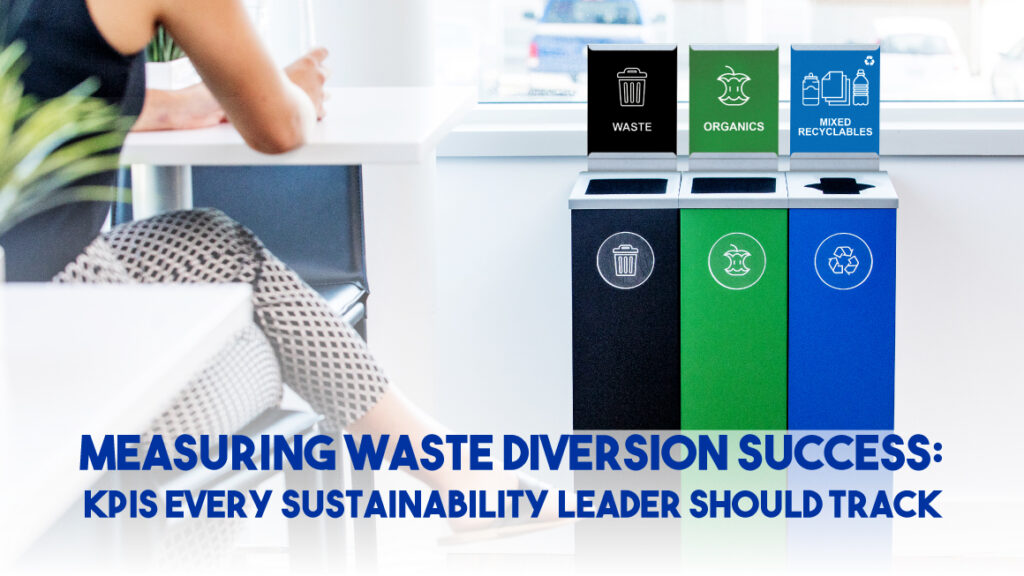A Brief History of Recycling: How Conservation Shaped Our Past
The importance of protecting the environment has become increasingly clear over the past few decades. The first Earth Day in 1970 marked a major turning point—a catalyst that inspired a more environmentally conscious society. But the concepts of recycling and conservation are far older than many realize. In fact, people and businesses have been reducing waste and finding creative ways to reuse materials as far back as the 1700s.
Early American Ingenuity
In the early days of America, colonists collected rags and sold them for profit—proving that even a young, rebellious nation could be remarkably resourceful.
When cotton became scarce in the 1800s, scrap wool was repurposed into blankets, military uniforms, and saddle padding, or used as stuffing for mattresses. Immigrants and low-income families would often scour the streets for discarded goods they could repair and resell.
Waste Not, Want Not
Innovation often emerged from necessity. In 1850, Chicago meat packers were sued for dumping by-products into the Chicago River. Rather than pay the price, they found new and profitable uses for their waste materials.
By the 1860s, the bones of slaughtered buffalo from the Northern Great Plains were being shipped east, where they were transformed into fertilizer, buttons, and even used in sugar and paper processing.
In the early 1900s, the Waldorf Paper Mill in Minnesota began collecting scrap paper from nearby Minneapolis and St. Paul, turning it into new paper products—a precursor to modern recycling practices.
Conservation During Wartime
During World War I, the U.S. Food Administration launched the famous slogan “Food Will Win the War,” introducing Meatless Mondays and Wheatless Wednesdays to support the war effort. Over 13 million families pledged to participate.
The Great Depression further reinforced the habit of recycling and conserving—simply because people couldn’t afford to waste anything. Then, during World War II, President Franklin D. Roosevelt reinstated the “Meatless” and “Wheatless” campaigns.
Propaganda posters encouraged Americans to save food scraps, paper, and metal, warning that wastefulness was unpatriotic and even “aiding the enemy.” Citizens were urged to return used animal fat to their butchers, as it could be processed into explosives for the war effort. After the war, President Harry S. Truman continued these campaigns to help feed a war-ravaged Europe.
Turning Waste Into Opportunity
Between the late 1800s and early 1900s, numerous books documented how businesses were finding profits in what were once waste materials. Industries like meat packing, metallurgy, textiles, soda and gas production, and mineral oil manufacturing were all learning to make use of nearly every by-product.
Then and Now
While the idea of recycling isn’t new, our reasons for doing it have evolved. Today, we recycle because we understand the environmental consequences of waste—pollution, climate change, and resource depletion.
In the past, people recycled not out of environmental awareness, but out of practicality, necessity, or patriotism. Whether to save money, survive hard times, or support their country during war, individuals and businesses alike learned the value of making the most of what they had.
Key Takeaways (TL;DR)
- Recycling isn’t new: People have been reusing and repurposing materials since at least the 1700s.
- Early Americans were resourceful: Colonists, immigrants, and families reused scraps and discarded goods to save money and make ends meet.
- Necessity drove innovation: Businesses like meat packers and paper mills learned to profit from by-products long before environmentalism became mainstream.
- War-time conservation: During both World Wars, Americans were urged to save food, metal, and fats as part of patriotic efforts to support troops and allies.
- Economic hardship reinforced recycling: The Great Depression taught families to waste nothing and make the most of limited resources.
- Motivations have evolved: In the past, people recycled out of practicality and survival; today, we do it to protect the planet and ensure a sustainable future.
Published Works that Showcase the Early Days of Waste Reduction
On the Economy of Machinery and Manufactures by Charles Babbage (1835)
Waste Products and Undeveloped Substances: Or, Hints for Enterprise in Neglected Fields by Peter L. Simmonds (1862)
The Utilization of Waste Products: A Treatise on the Rational Utilization, Recovery, and Treatment of Waste Products of All Kinds by Theodor Koller (1902)
Millions from Waste by Frederick Talbot (1920)



